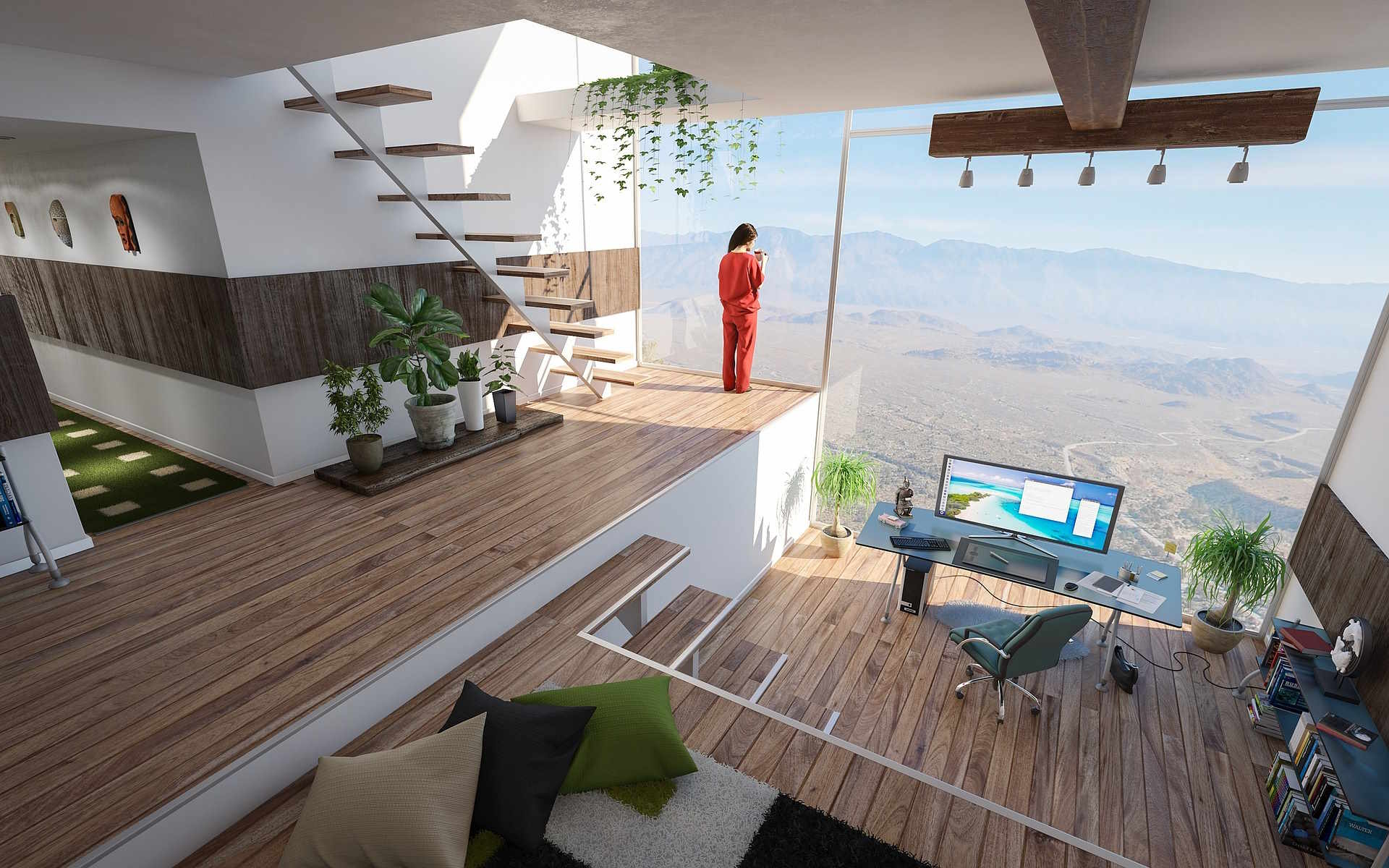Reimagining Urban Living: The Rise of Co-housing Communities
Co-housing communities, a reimagined approach to urban living, are becoming a popular trend in the United States. These communities offer an alternative lifestyle that fosters collaboration, sustainability, and a stronger sense of community. Intrigued? Read below to learn more about this fascinating societal trend.

The Concept of Co-Housing
Co-housing is a type of intentional, collaborative housing where residents actively participate in the design and operation of their neighborhoods. Unlike conventional housing, co-housing communities consist of private homes supplemented by shared facilities. The architectural design encourages both social contact and individual space. Essentially, residents live in a tight-knit community that they actively help shape and manage.
The Appeal of Co-Housing
Co-housing communities are gaining popularity for several reasons. Firstly, they foster a sense of community, something many urban dwellers feel is missing in their lives. Co-housing residents frequently engage in shared activities, such as group meals, gardening, and childcare, which nurture close relationships.
Secondly, these communities promote sustainable living. Many co-housing communities are designed with environmentally-friendly features, including shared resources that reduce individual consumption.
Lastly, co-housing offers a solution to the loneliness epidemic. By fostering a community where neighbors know and support each other, residents are less likely to feel isolated.
The Impact on Society
Co-housing communities could potentially have a transformative impact on society. They offer a model for sustainable, community-oriented living that can help mitigate some of the challenges of urbanization, such as social isolation and environmental degradation. Additionally, these communities can foster intergenerational relationships, helping to bridge the gap between different age groups.
Challenges and Solutions
Despite the benefits, co-housing also faces several challenges. One is the high initial cost of establishing such communities. However, some co-housing groups are finding innovative solutions, like partnering with developers or acquiring funding through community shares.
Another challenge is the potential for conflict within the community. To mitigate this, most co-housing communities establish a consensus-based decision-making process, ensuring all voices are heard.
Co-Housing in Practice
There are already successful co-housing communities across the United States. For instance, the ElderGrace community in Santa Fe, New Mexico, is designed for seniors seeking an active, community-oriented lifestyle. Meanwhile, the EcoVillage at Ithaca in New York offers a sustainable, cooperative living experience for all ages.
Useful Tips and Facts: - To start a co-housing community, it’s essential to find a committed group of people who share a vision. - Legal advice may be necessary when establishing the community. - Co-housing communities can be urban or rural, and they range in size from a handful to several hundred residents.
The rise of co-housing communities marks a shift towards more cooperative, community-oriented forms of living. By fostering close-knit communities and promoting sustainable living, co-housing offers an innovative solution to some of the challenges of modern urban life. As this trend continues to grow, it’s clear that the way we think about urban living is changing, for the better.






